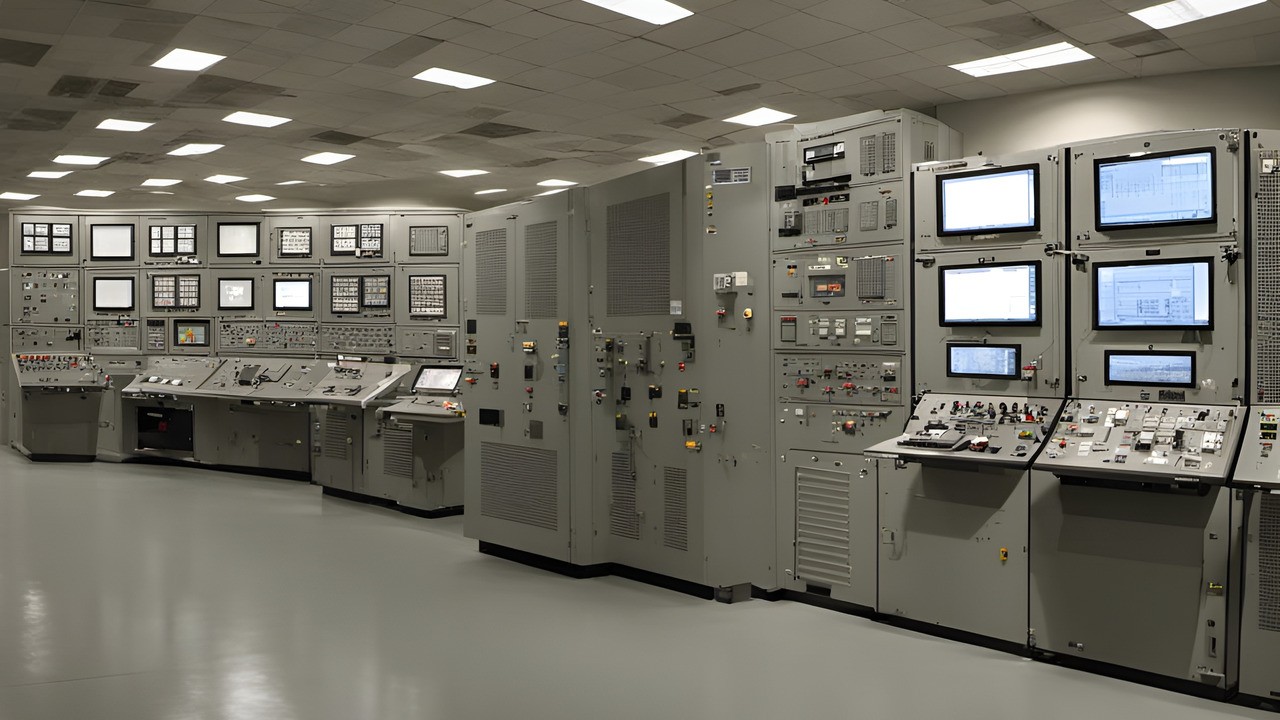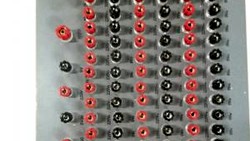In the intricate world of power systems, engineers in utilities, distribution, transmission, and generation companies grapple with a myriad of complexities. Two key factors that greatly influence system performance are harmonics and sequence components. This article originates from a recent inquiry posed by a customer, related to our on-site tester RS350, and I believe that its content could meet the interest of our regular readers.
Harmonics and Sequence Components: An Overview
In the realm of power systems, harmonics and sequence components represent unique phenomena that emerge due to diverse underlying causes and carry distinct impacts on system operation.
Harmonics
Harmonics are non-fundamental frequency components that result from nonlinear loads. These loads draw current discontinuously, inducing waveform distortions and generating frequencies that are integer multiples of the fundamental frequency. Harmonics can significantly disrupt system voltage and current waveforms, leading to undesirable effects such as equipment overheating, voltage distortion, and even resonances.

Sequence Components
Sequence components, comprising positive, negative, and zero sequences, play a vital role in characterizing unbalanced conditions in three-phase power systems.
Positive Sequence
- The positive sequence comprises three sinusoidal waveforms, each having the same magnitude and a 120-degree phase shift from one another. This balanced configuration is the essence of normal operation.
- Positive sequence voltages and currents are responsible for generating the rotating magnetic field necessary for the proper operation of motors and generators.
Negative Sequence
- The negative sequence components are also sinusoidal waveforms, maintaining the same frequency as the positive sequence components.
- However, they exhibit a reverse 120-degree phase shift between two phases. This phase shift creates a rotating magnetic field that opposes the direction of the positive sequence field.
- Negative sequence components can lead to reverse rotation in motors, increased heating in equipment, and even mechanical stress due to the conflicting magnetic fields.
Note: In certain special applications, negative sequence components can be intentionally introduced to achieve specific goals, such as increasing the starting torque of motors. This technique is known as negative sequence torque control.
Zero Sequence
- Zero sequence components have equal magnitudes and zero phase differences among the phases.
- They represent a common return path for unbalanced currents, often caused by ground faults or asymmetrical loads.
- Zero sequence currents can induce overheating in neutral conductors and transformers.
Key Differences
Source of Origin
- Harmonics result from nonlinear loads causing waveform distortions.
- Non-positive sequence components arise due to phase imbalances or ground faults.
Frequency Content
- Harmonics introduce additional frequencies that are integer multiples of the fundamental frequency.
- Non-positive sequence components maintain the fundamental frequency but exhibit distinct phase shifts.
Effects on Equipment
- Harmonics can cause overheating, voltage distortion, and resonance in equipment.
- Non-positive sequence components can induce reverse rotation, increased heating, and mechanical stress.
Mitigation Strategies
- Harmonics can be mitigated using filters, reactors, and harmonic cancellation techniques.
- Non-positive sequence component issues require load balancing, symmetrical component analysis, and ground fault protection.
Impact on System Stability and Operation
Harmonics can destabilize power systems, leading to equipment malfunctions and potential resonances.
Negative and zero sequences can jeopardize the performance and longevity of equipment, potentially causing inefficiency and damage.
Takeaway
In the dynamic landscape of power systems, harmonics and sequence components (positive, negative, and zero) underscore the complex interactions that engineers must navigate. By recognizing their distinctions and understanding their effects, power system professionals can make informed decisions, implement effective mitigation strategies, and ensure the reliable, efficient, and safe operation of utilities, distribution networks, transmission lines, and generation facilities. An in-depth comprehension of these nuances empowers engineers to tackle challenges head-on and uphold the integrity of power systems for industries and communities alike.
Editor's note: This article was originally published in August 2023 and has been updated for comprehensiveness.





I thought higher harmonics and sequence components were the same. How will you represent the negative sequence component of a three phase system in a diagram if phase shift is 180 degrees?
Thank you for your question, and I appreciate your attention to detail. My given 180-degree phase shift was a typo, and it has been corrected to 120° in the article. Now, let's clarify the distinction between higher harmonics and sequence components. Higher harmonics are additional frequencies that are integer multiples of the fundamental frequency in an electrical system. On the other hand, sequence components represent unbalanced conditions in a three-phase system.
When representing a three-phase system graphically, sequence diagrams typically consist of three phasor diagrams. The positive sequence component is depicted as a phasor rotating counterclockwise, representing the balanced condition. The negative sequence component is shown as a phasor rotating clockwise, indicating the unbalanced nature. The zero components are often represented horizontally. These diagrams help visualize the magnitudes and phase relationships of the sequence components. You can find related diagrams e.g. here. It's important to note that the separation of sequence components is a mathematical evaluation that can be performed by modern data analysers, enabling the analysis of unbalanced conditions in a system.